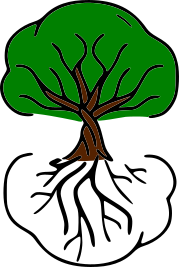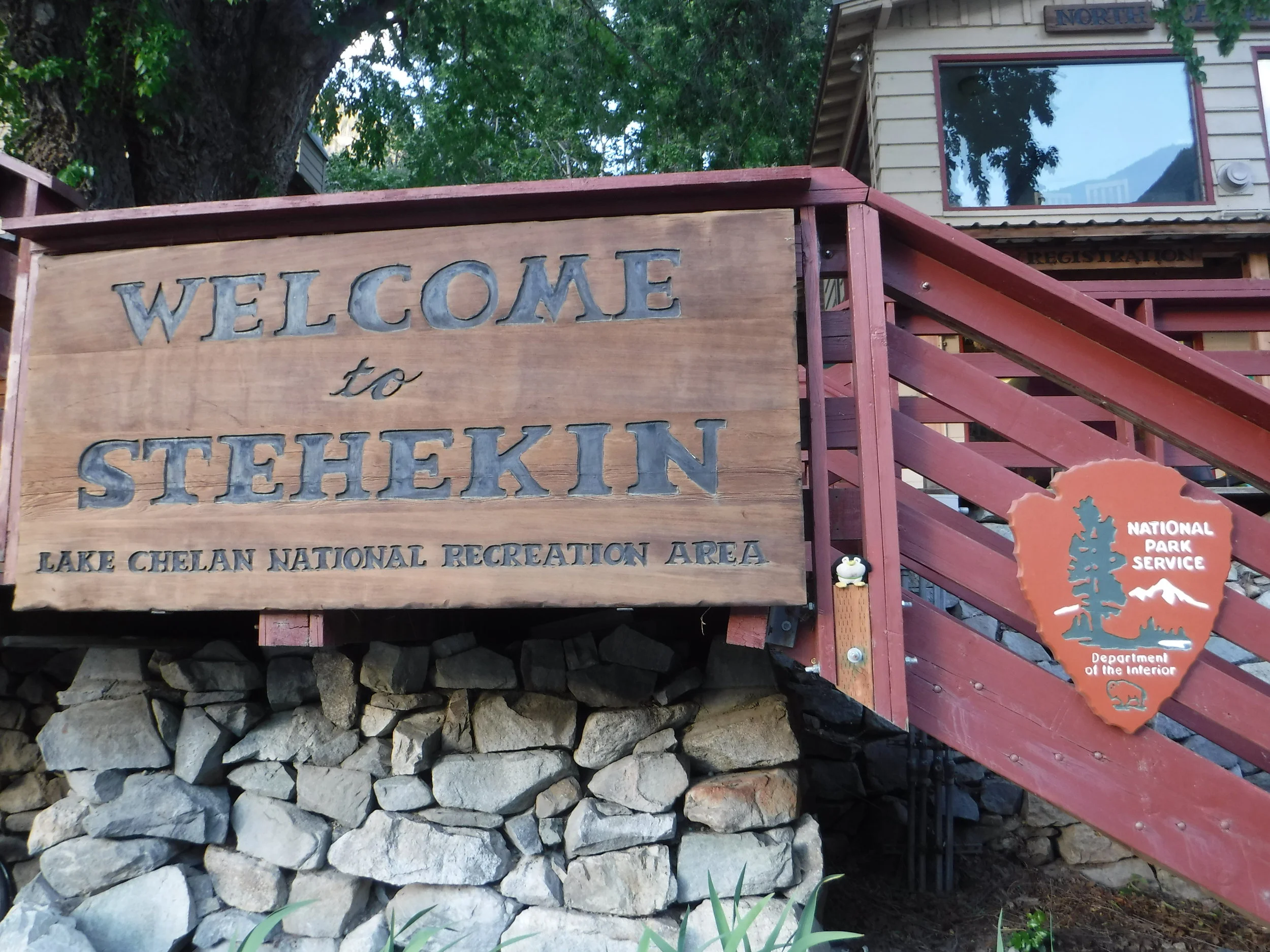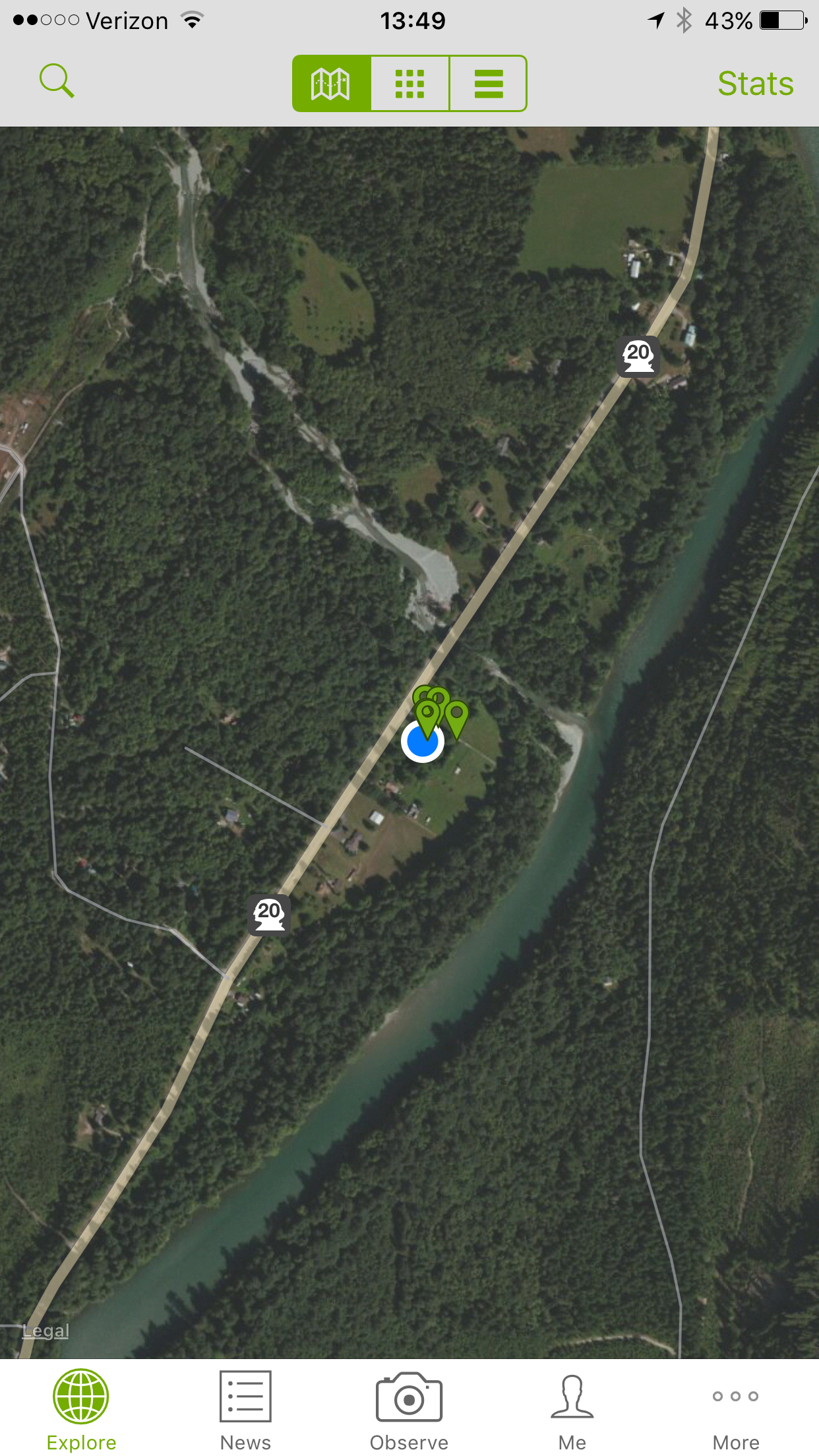Yes, all last year I was living and learning at the North Cascades Institute, fully immersed in the mountain landscape. I even kicked it up a notch and spent the summer in Stehekin; somehow even more remote than NCI!
But this trip would be different. I wouldn't be working or in class. And I wasn't trying to boost my self esteem by being a 'Bear Grylls' knockoff. By hiking alone for four days I had the time to reflect and thank the literal and figurative earth, fire, air, and water that have made me into the person I am today.











